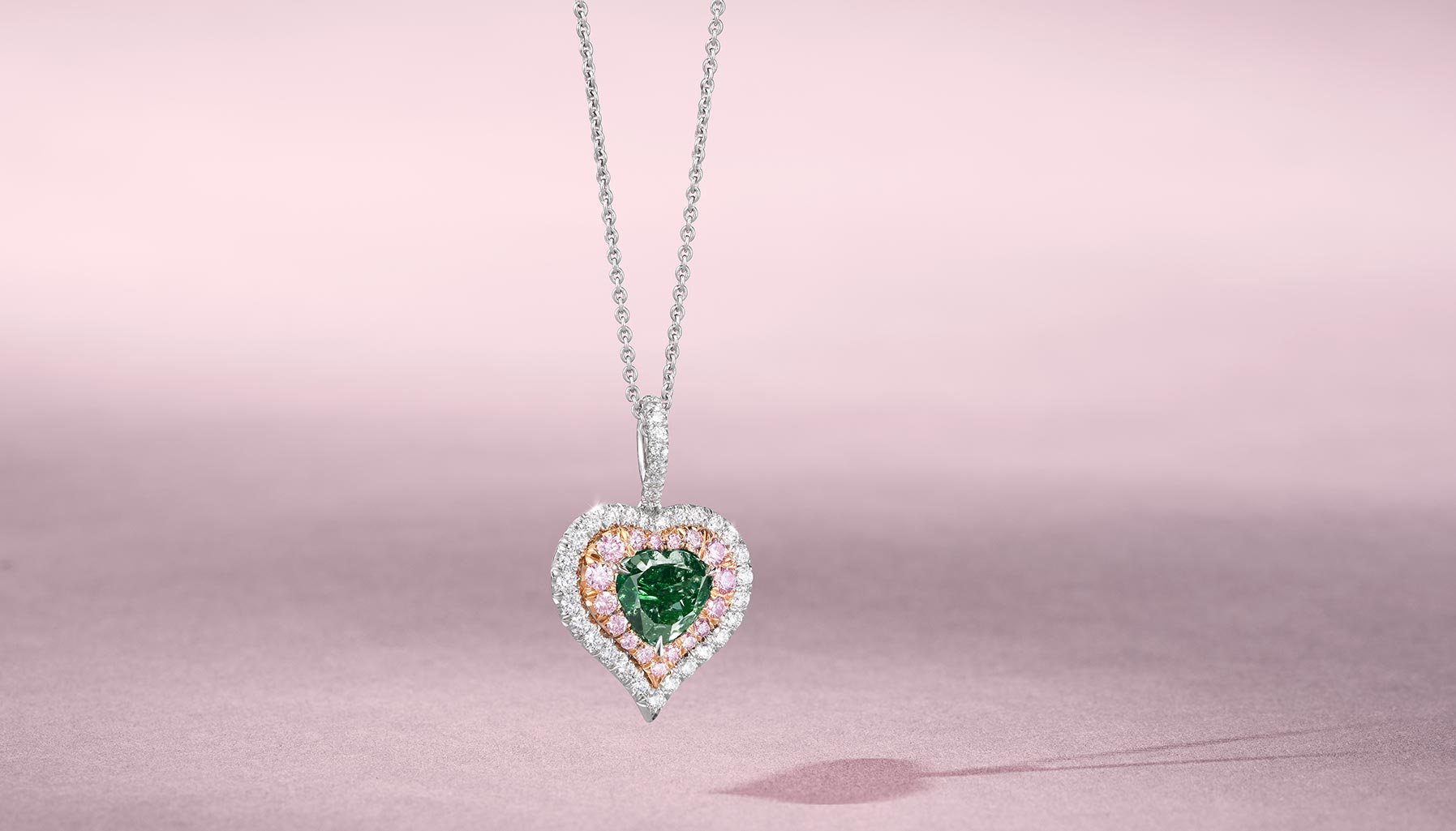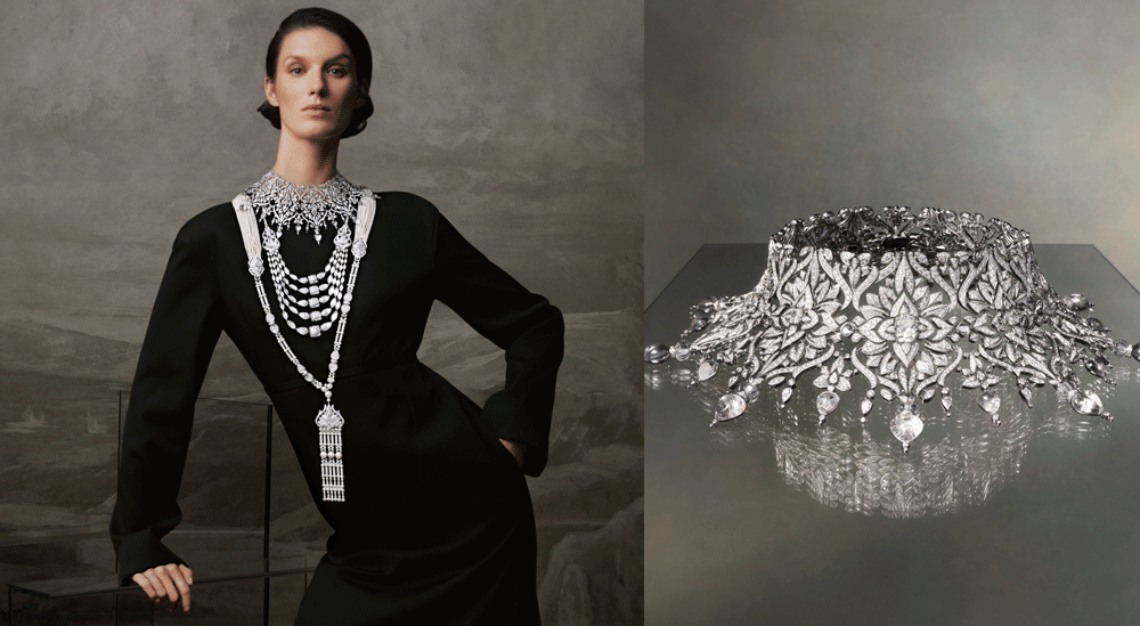They may be identical to their mined counterparts, but lab-grown diamonds are still getting a bad rep for being inauthentic
If it looks like a diamond, feels like a diamond, and sparkles like a diamond, can we accept that lab-grown diamonds are diamonds? Apparently not, as Lark & Berry experienced firsthand at the 2019 Craftsmanship & Design Awards in February, which was hosted by the Goldsmiths’ Craft and Design Council. The cultured diamonds specialist was conferred the Graff Award for its Atelier Asymmetric Bow suite at a ceremony dubbed by industry players as the ‘Oscars of the Jewellery World’ in February; as such, winning a Graff Award is similar to Green Book winning Best Picture at the Oscars.
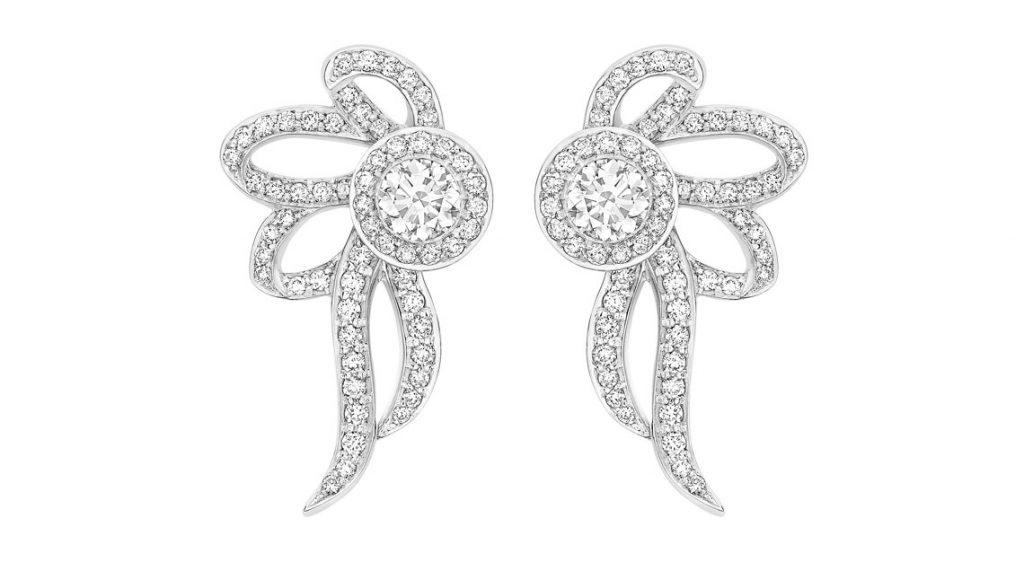

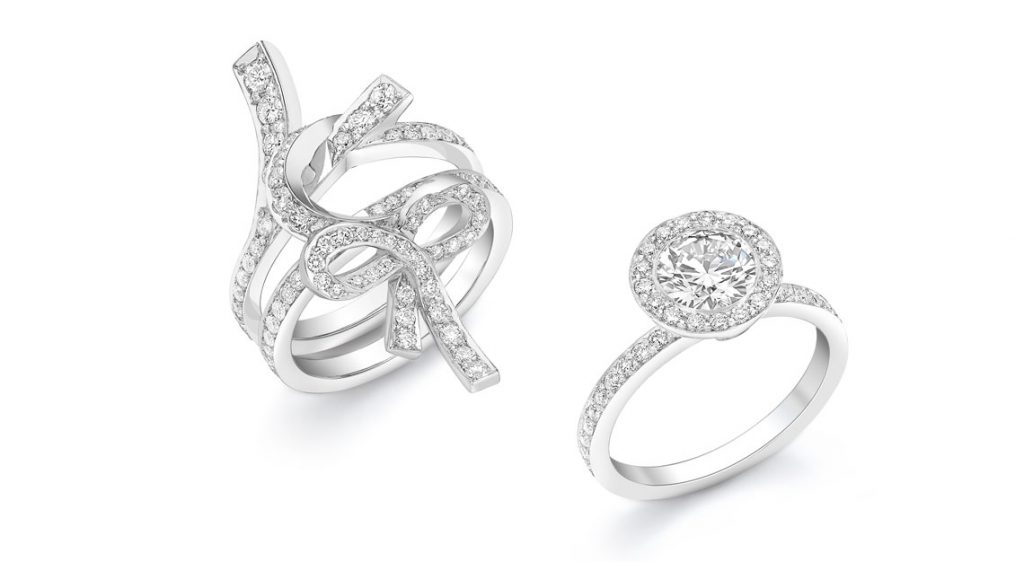
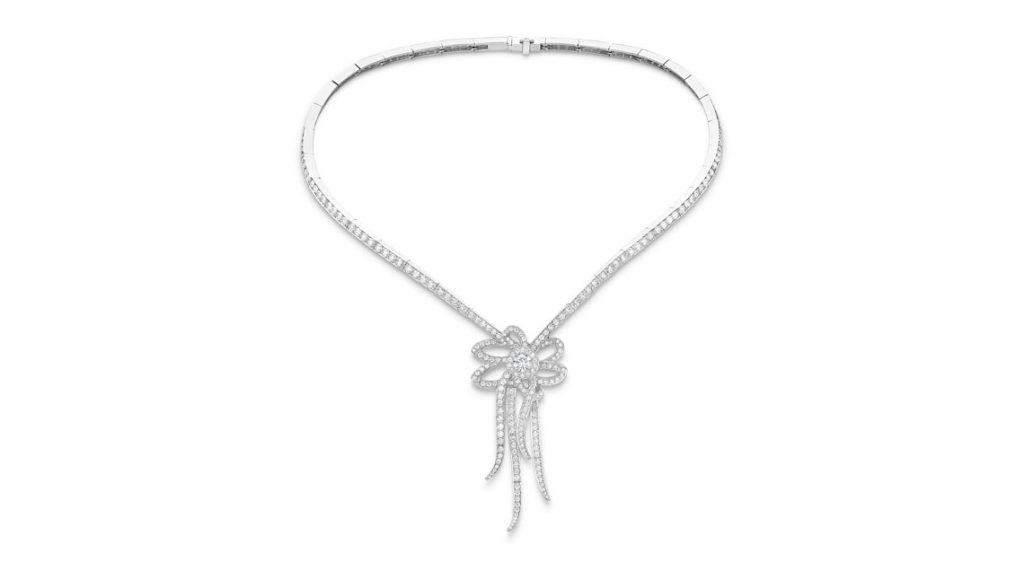
An Unfortunate Debacle
Made exclusively with lab-grown diamonds, the jewellery suite comprises an 11.6 carat diamond necklace, 2.5 carat diamond earrings as well as a 2.4 carat diamond engagement ring and wedding band, all set in platinum. The win made history because it was the first time that a cultured diamond jewellery piece had taken this prize – or any title of such prestige in the luxury jewellery world.
Yet barely 24 hours after the win, Lark & Berry was asked to return the prize. According to the brand’s public announcement on its website, the Goldsmiths’ Craft and Design Council changed the award recipient from Lark & Berry to the collection’s designer, Theo Ioannou, without any form of warning.
The brand was also prohibited from associating itself with the award. Before Lark & Berry could even respond, the council threatened to take the award away altogether if it did not comply. Ultimately, Ioannou returned the prize but the incident remains unresolved. More importantly, Lark & Berry requested that the four-piece high jewellery suite – valued at almost £200,000 (S$359,000) – be returned to its London headquarters, but did not receive any response. As to why Lark & Berry had to give the award back, no explanation was ever provided by the Goldsmiths’ Craft and Design Council.


Where Is The Love?
Winning the Graff Award, even if it was just for a day, was a groundbreaking achievement for Lark & Berry and for lab-grown diamonds in general. The Atelier Asymmetric Bow suite was the first lab-grown diamond jewellery suite to trump mined natural diamonds when it came to winning an award as prestigious as the Graff. Additionally, the Goldsmiths’ Craft and Design Council is governed by a committee of 21 trade-based experts from which council members are recruited through a process of nomination and election. But if none of these experts could discern between lab-grown diamonds and mined diamonds, then what does it mean for the industry at large?
https://www.instagram.com/p/Bs1J3C5HmzR/
A Greener Alternative
There are many reasons why cultured diamonds could be the way forward for the industry. Physically indistinguishable from mined diamonds, lab-grown diamonds have improved dramatically since the 19th century. These days, it is not possible even for experts to tell if a stone is natural or lab-grown without professional tools. Made in a laboratory-controlled environment that mimics the process of diamond formation deep in Earth’s mantle, Lark & Berry’s cultured diamonds sit within the purest category of diamonds on the market, with only two per cent of their mined counterparts having the same superior quality.
The process leads to less waste, less water loss and less environmental impact. The stones are also conflict-free since no mining or exploitation of the local communities takes place. As a matter of fact, 100 per cent of all lab-grown diamonds are jewellery quality; this figure plummets to just 20 per cent with mined diamonds. Lab-grown diamonds are, on average 30 to 35 per cent cheaper than natural diamonds, but this pricing difference is likely to move in favour of lab-grown or cultured diamonds.
Already, the synthetic diamond industry is growing by leaps and bounds. Major players include Diamond Foundry – backed by big names like Facebook co-founder Andrew McCollum and actor Leonardo DiCaprio – and Singapore firm IIa Technologies. Even the world’s leading natural diamond dealer De Beers has a synthetic diamond arm and a lab-grown diamond jewellery range named Lightbox. In the face of sustainability concerns on everything from clean water solutions to lab-grown meat, it only makes sense for cultured diamonds to go the way of cultured pearls – straight into the high jewellery suites of the world’s best jewellers.
While cultured diamonds are unlikely to replace natural diamonds outright, they will cause a bifurcation of the market where different consumer segments actively seek out one or the other. Think about instant coffee – did it replace proper brewed, good-quality coffee? Or did it simply offer a new way to consume the beverage whilst allowing quality coffee to define its niche further? In the same way, natural diamonds will still have its place in society, but there is no doubt that cultured diamonds will one day surpass it in global sales.

